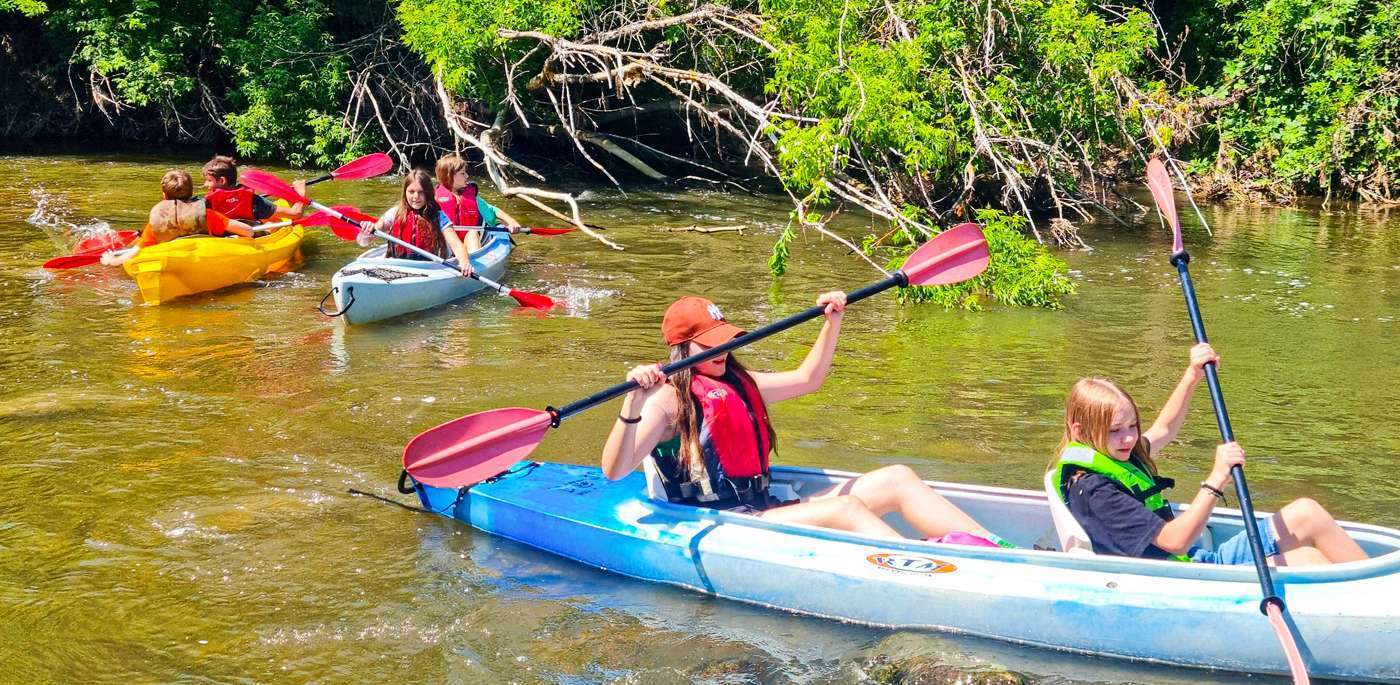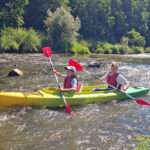Kayaks take up lots of space, and when they’re on the floor they make it inconvenient to move around in your garage. Making your own kayak rack is an easy and inexpensive project that will get your kayak off the ground, out of the way and make room for other toys.
Instructions
Difficulty: Moderate
Things You’ll Need:
- Tape measure Pencil 20-inch heavy duty shelving brackets Screwdriver Deck screws Pipe insulation Carpet tape
- Tape measure
- Pencil
- 20-inch heavy duty shelving brackets
- Screwdriver
- Deck screws
- Pipe insulation
- Carpet tape
Step 1
Measure the distance between your kayak’s bulkheads. The stiffest part of a kayak’s hull is where the bulkheads are attached, and this is where the kayak should rest while being stored. Failure to rest the kayak on or near the bulkheads could result in dents.
Step 2
Locate a stud on the wall where you want to rack the kayak, approximately the distance from the end of the boat to the first bulkhead. Mark the wall at the height you want to store the kayak. If you’re storing the kayak high on the wall, leave enough room for the kayak to fit—usually between 24 and 30 inches. For an exact distance, measure the width of your kayak and add an inch.
Step 3
Measure down from the ceiling to your height mark. Find a stud approximately the distance between your kayak’s bulkheads away from the mark you just made. Measure down from the ceiling to an equal height as the first mark and make a new mark in the center of the stud. The distance between these marks should be about equal to the distance between your bulkheads.
Step 4
Align the top of a 20-inch heavy duty shelf bracket with the first mark you made, and screw the bracket to the wall with deck screws. Repeat for the second bracket.
Step 5
Wrap the shelf bracket with pipe foam, cut it to size and tape it to the rack with carpet tape. Rack your kayak bottom to the wall and one side resting on the shelf bracket. The pipe foam will prevent your kayak from slipping.
Tips & Warnings
- Look for a shelf bracket with three or more holes for screws. Store two kayaks per rack by using longer shelf brackets. Studs in garages are usually 16 inches on center away from each other. An electric stud finder makes finding studs easy, but tapping lightly on the wall also works. As you tap along the wall, you’ll hear either a hollow or a solid thump. The solid-sounding thump is your stud.
- Look for a shelf bracket with three or more holes for screws.
- Store two kayaks per rack by using longer shelf brackets.
- Studs in garages are usually 16 inches on center away from each other.
- An electric stud finder makes finding studs easy, but tapping lightly on the wall also works. As you tap along the wall, you’ll hear either a hollow or a solid thump. The solid-sounding thump is your stud.
- Lifting your kayak can cause injury. It’s best to lift each end one at a time or have someone help you.



